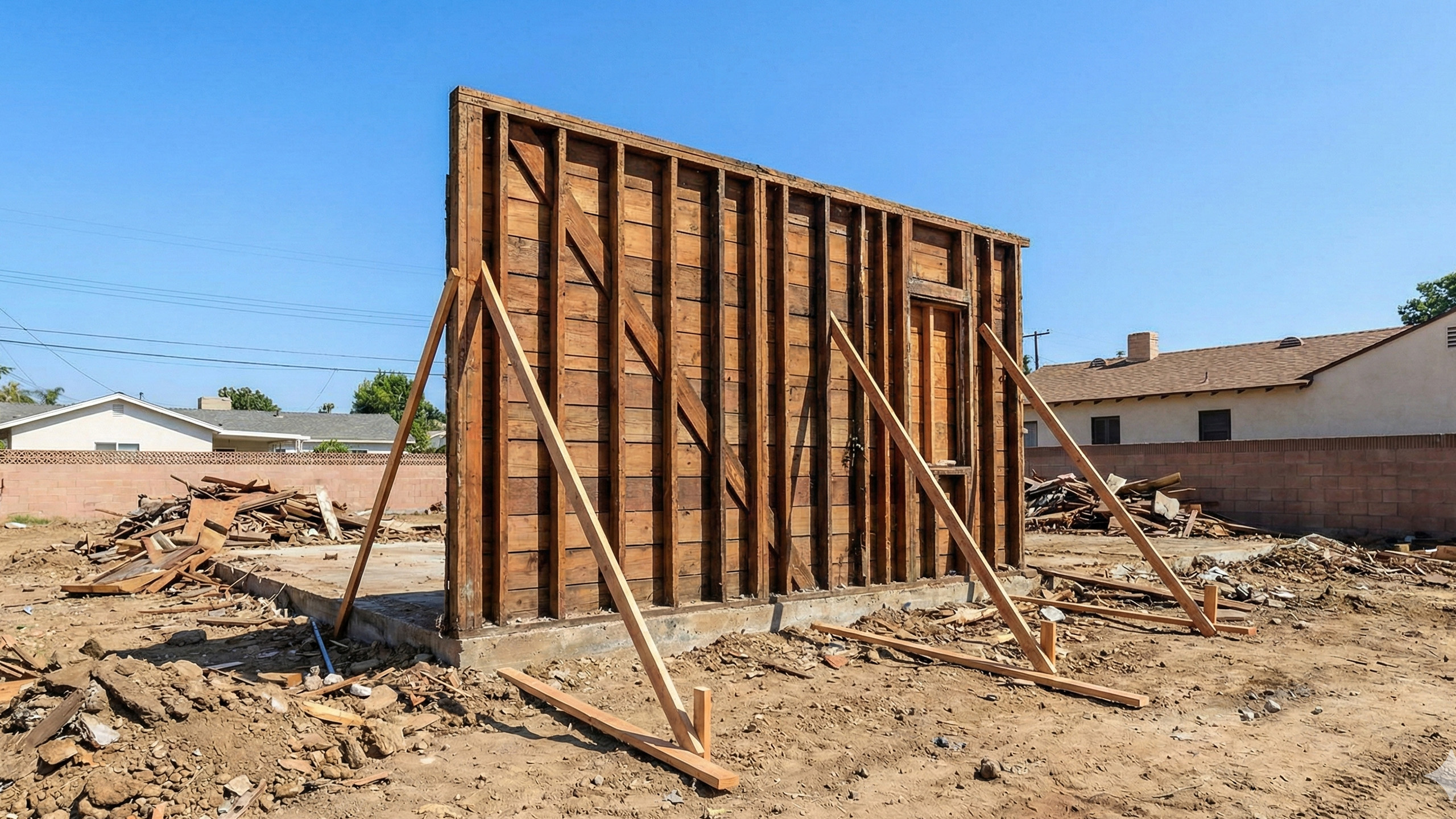For anyone planning a construction project, the number of queries and various approaches to getting started can seem pretty overwhelming. For both residential and commercial projects, one of the first questions to answer is the working relationship with your architectural and construction team. Contractual agreements between clients, designers, and construction service providers commonly fall into two categories: Design-Build and Design-Bid-Build. But what exactly is the difference between these two approaches?
In this e-book, we’ll first outline the difference between Design-Build and Design-Bid-Build, before considering the benefits and risks of each approach and explore the Design-Build process here at Letter Four.
First things first, what is Design-Build?
Put simply: Design-Build is an approach that allows owners to hire a single entity (the Designer/Builder) to deliver their entire project under one contract.
Whilst aspects of the build may be performed by the company themselves or subcontracted to specialist teams, the Design-Build approach allows for high levels of collaboration between architectural design and construction services.
This means that a single entity bears the responsibility and risks for every aspect of a project. From initial estimations to architectural drawings, engineering, construction, and final touches — the Design-Builder will typically manage all contracts and ultimately deliver the finished build.
And, what is Design-Bid-Build?
Design-Bid-Build is a more traditional form of project delivery, where the owner will negotiate separate contracts with both designers and contractors.
The design firm will firstly produce complete design documents, which will then be used to seek quotations and bids from building contractors. This approach means that the designers and contractors bear no contractual obligations to each other, with all associated risks (including cost overruns, delays, or feasibility of plans) lying with the owner.






.svg)























.png)